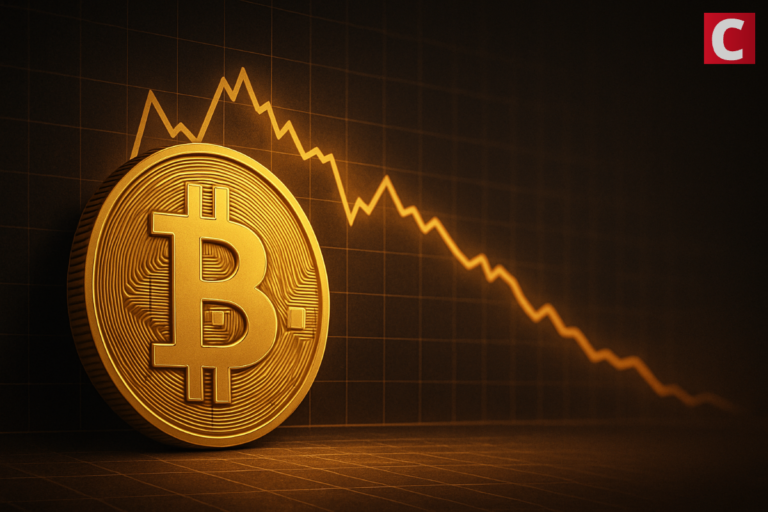After billions of dollars in Bitcoin withdrawals from exchanges, a key technical indicator suggests the demand might see a pause.
The strong demand that pushed Bitcoin BTC $95 076 24h volatility: 4.4% Market cap: $1.90 T Vol. 24h: $115.26 B to a new all-time high of $111,970 on May 22 is starting to fade away.
According to a CryptoQuant analysis, the Bitcoin Apparent Demand has been consistently declining over the past month. Consequently, the indicator fell to the red zone, showing a demand deficit, for the first time in two months.
Bitcoin Apparent Demand Flips Negative
“The current negative reading indicates a critical demand deficit. The flow of coins onto the market from miners and profit-taking LTHs is now greater than what new buyers are purchasing.” – By @Crazzyblockk pic.twitter.com/P0TqOGjJua
— CryptoQuant.com (@cryptoquant_com) June 30, 2025
The Apparent Demand weighs the current market demand against newly mined coins and the movements from long-term holders who will likely be looking to sell for profits.
This momentum not only neutralizes the buying demand but also creates further selling pressure as the indicator drops deeper into the red.
CEX Outflows and Accumulation
Bitcoin recorded a strong accumulation phase as the Apparent Demand sat in the positive zone over the past two months.
According to data from CoinGlass, top crypto exchanges saw a net outflow of 108,748 BTC, worth roughly $11.8 billion, in the last 30 days.
Kraken led the charts with an outflow of 34,075 BTC, followed by 33,196 BTC from Coinbase and 30,247 BTC from Binance.
Outflows from CEXs suggest that long-term investors, also referred to as “smart money,” see upward potential and subsequently accumulate the asset.
They were actually right since Bitcoin has been consolidating close to its ATH despite a massive bearish catalyst, the Iran-Israel war.
Bitcoin is still hovering around the $108,000 mark, only 3% away from its ATH.
On the other hand, the current demand deficit could signal a local top. This could trigger a market-wide correction if the indicator doesn’t start rising.
next